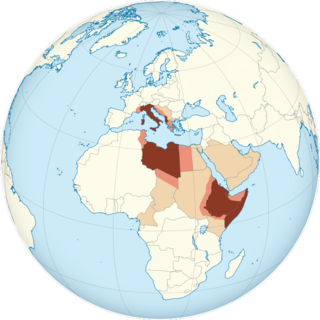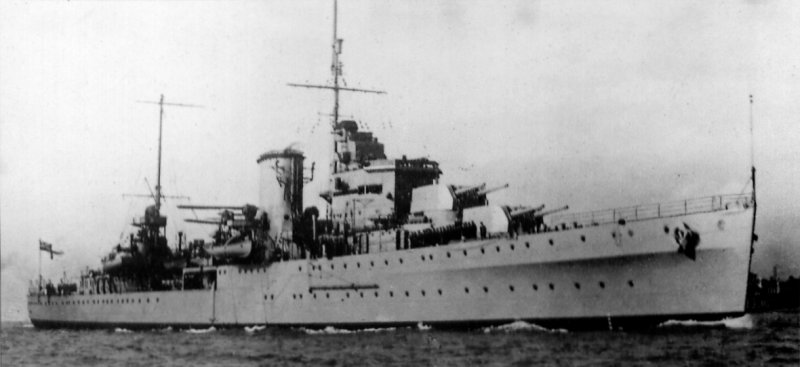
Antonio Tabucchi was an Italian writer and academic who taught Portuguese language and literature at the University of Siena, Italy.

Castelli is a comune in the province of Teramo, Abruzzo, Italy, included in the Gran Sasso e Monti della Laga National Park.

Eraldo Monzeglio was an Italian association football coach and player, who played as a defender, in the position of full-back. Monzeglio had a highly successful career as a footballer, although he also later attracted controversy due to his close relationship with the Italian fascist dictator Benito Mussolini. At club level, he played for Casale, Bologna, and Roma, winning the Serie A title and two editions of the Mitropa Cup with Bologna. At international level, he also had success representing the Italy national football team, and was a member of the Italian teams that won consecutive FIFA World Cup titles in 1934 and 1938, being named to the tournament's All-star Team in 1934; he also won two editions of the Central European International Cup with Italy. Along with Giuseppe Meazza and Giovanni Ferrari, he is one of only three Italian players to have won two World Cups. Following his retirement as a player, he worked as a coach for Italian clubs Como, Pro Sesto, Napoli, Sampdoria, and Juventus, as well as Swiss club Chiasso. He was posthumously inducted into the Italian Football Hall of Fame in 2013.

The Soldati class were a group of destroyers built for the Italian Navy during World War II. The ships were named after military professions. There were two batches; twelve ships were built in 1938–39, and a second batch of seven ships were ordered in 1942, although only five were completed.

The Battle of Skerki Bank was a World War II naval battle which took place near Skerki Bank in the Mediterranean Sea on the early hours of 2 December 1942 between British and Italian forces and was the last major naval battle in the Mediterranean during 1942.

Imperialism, colonialism and irredentism played an important role in the foreign policy of Fascist Italy. Among the regime's goals were the acquisition of territory considered historically Italian in France and Yugoslavia, the expansion of Italy's sphere of influence into the Balkans and the acquisition of more colonies in Africa. The pacification of Libya (1923–32), the invasion of Ethiopia (1935–36), the invasion of Albania (1939), the invasion of France (1940), the invasion of Greece (1940–41) and the invasion of Yugoslavia (1941) were all undertaken in part to add to Italy's national space.

The Battle of Cape Passero (1940), was a Second World War naval engagement between the British light cruiser HMS Ajax and seven torpedo boats and destroyers of the Italian Regia Marina, southeast of Sicily, in the early hours of 12 October 1940. It took place in the aftermath of a British supply operation to Malta.

A Garibaldi shirt was a woman's fashion, a red wool shirt named after the Italian patriot Giuseppe Garibaldi first popularized in 1860. It was the direct ancestor of the modern women's blouse.

Leopoldo Mastelloni is an Italian actor, comedian and singer.
Ottavio Jemma was an Italian screenwriter. He wrote 41 films between 1959 and 2015.

Gerry Scotti is an Italian television presenter, actor and former member of the Italian Parliament.

Giovacchino Forzano was an Italian playwright, librettist, stage director, and film director. A resourceful writer, he authored numerous popular plays and produced opera librettos for most of the major Italian composers of the early twentieth century, including the librettos for Giacomo Puccini's Suor Angelica and Gianni Schicchi.
Bigotti, also known as Bigotti Exclusive, is a Romanian brand of men’s clothing manufacturer owned by Graftex Prodcom SRL. Bigotti is promoted as a luxury ready-made clothes and leather goods for men, offering style, quality and diversity for an original, successful image.
Other brands owned by Graftex Prodcom SRL are Massini Camicia, Egobigotti, Artigiani and Il Capo Uomo.
Raffaele Festa Campanile is an Italian television author, screenwriter, film director, music producer. Son of the Italian film director Pasquale Festa Campanile

A gammura, was an Italian style of women's dress popular in the 15th and early 16th centuries. It consisted of a fitted bodice and full skirt worn over a camicia. Early styles were front-laced, but the fashion later changed to side-laced styles.
Chimenti is an Italian surname. Notable people with the surname include:
Mario Craveri (1902–1990) was an Italian cinematographer, director and screenwriter.

Culo e camicia is a 1981 Italian comedy film directed by Pasquale Festa Campanile, consisting in two segments, respectively starred by Enrico Montesano and Renato Pozzetto.
Hot Peaches was a drag theatre company in New York City that would put on a play a week, active from the 1970s-1990s. Hot Peaches was founded by Jimmy Camicia in 1972, who encountered a group of drag queens and began writing work for them to perform.

Giorgio Vasari was an Italian painter, architect, writer, and historian, most famous today for his Lives of the Most Excellent Painters, Sculptors, and Architects, considered the ideological foundation of art-historical writing.

The Lives of the Most Excellent Painters, Sculptors, and Architects, also known as The Lives, is a series of artist biographies written by 16th-century Italian painter and architect Giorgio Vasari, which is considered "perhaps the most famous, and even today the most-read work of the older literature of art", "some of the Italian Renaissance's most influential writing on art", and "the first important book on art history". The title is often abridged to just the Vite or the Lives.
















